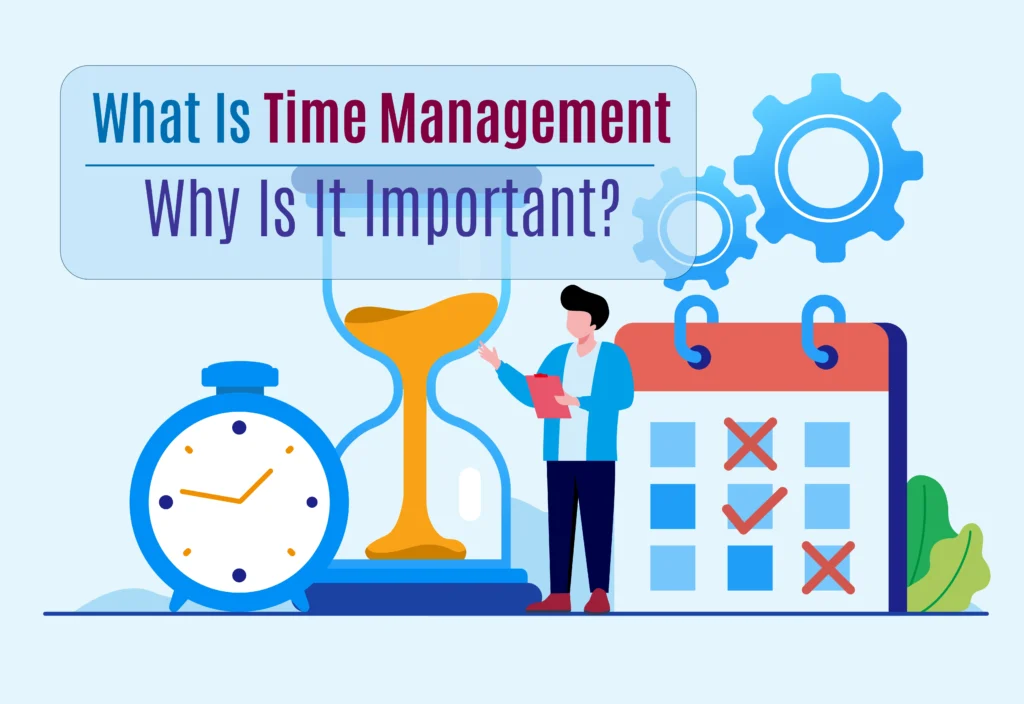Is Debt Refinancing a Good Idea? Here’s What You Need to Know
Debt refinancing can seem like a tempting solution for those feeling overwhelmed by their financial obligations. With the promise of lower interest rates and reduced monthly payments, it’s easy to see why many consider it a viable option. However, before diving headfirst into refinancing, it’s crucial to understand the implications it may have on your financial health. Is debt refinancing really the answer to your problems, or could it complicate your situation further?
In this blog post, we’ll explore the key factors you need to consider when evaluating whether debt refinancing is a good idea for you. We’ll break down the benefits and drawbacks, helping you make an informed decision that aligns with your financial goals. With the right knowledge, you can navigate the refinancing landscape and determine if it’s the best path toward achieving financial stability.

What Is Debt Refinancing?
Debt refinancing involves replacing an existing loan with a new one, typically with better terms, such as a lower interest rate, extended repayment period, or both. By refinancing, you essentially pay off your original debt and take on a new loan, ideally with more favorable terms that can save you money or make your payments more manageable.
Types of Debt That Can Be Refinanced
Refinancing isn’t limited to one kind of debt. Many types of loans can be refinanced, including:
Mortgage Refinancing
Mortgage refinancing is one of the most common types of refinancing. Homeowners often refinance their mortgage to secure a lower interest rate or change their loan term. With a lower interest rate, borrowers can save tens of thousands of dollars over the life of the loan. Another reason people refinance mortgages is to switch from an adjustable-rate mortgage (ARM) to a fixed-rate mortgage, providing more predictable payments.
Student Loan Refinancing
If you have student loans, refinancing can be a way to lower your interest rate, reduce monthly payments, or combine multiple loans into one. Refinancing federal student loans with a private lender, however, comes with significant risks, such as losing access to government protections like income-driven repayment plans and loan forgiveness options.
Credit Card Debt Refinancing
Credit card debt can quickly spiral out of control due to high interest rates. Refinancing high-interest credit card debt, typically through a personal loan, can lower your interest rate and make it easier to pay off the balance. The main advantage is that instead of multiple credit card payments with different interest rates, you have one payment and potentially a lower rate.
Auto Loan Refinancing
If you’ve purchased a car and your credit score has improved since you took out the loan, refinancing your auto loan might help you secure a lower interest rate or reduce your monthly payments. This can be particularly useful if your current loan has a high-interest rate, allowing you to free up cash in your monthly budget.
When Does It Make Sense to Refinance Debt?
Refinancing can be a powerful tool for improving your financial situation, but it’s not always the right move. Let’s explore when refinancing makes sense and what conditions make it more beneficial.
Lowering Your Interest Rates
One of the biggest reasons to refinance is to secure a lower interest rate. If your credit score has improved since you took out your loan or if market interest rates have dropped, refinancing could save you a significant amount of money over the life of the loan.
Improved Credit Score
Lenders offer better rates to borrowers with higher credit scores. If your credit score has improved due to consistent on-time payments, lower credit card balances, or other factors, refinancing could allow you to capitalize on this improvement. A higher credit score could mean thousands of dollars in savings over time, especially for long-term loans like mortgages and student loans.
Market Interest Rate Decline
Sometimes, market conditions lead to lower interest rates. If national interest rates have fallen since you took out your original loan, refinancing can be a great way to lock in a better rate. For instance, if mortgage rates have dropped from 5% to 3.5%, refinancing can save you significant money over the life of the loan.
Reducing Monthly Payments
Another common reason people refinance is to reduce their monthly payments, which can help ease financial pressure and free up cash flow for other expenses.
Longer Loan Terms
One way refinancing lowers your monthly payments is by extending your loan term. For example, if you extend a 10-year loan to a 20-year loan, your monthly payments will decrease. While this might make your payments more manageable, be aware that extending the loan term usually means you’ll pay more in total interest over time.
Debt Consolidation Benefits
Refinancing can also be a way to consolidate multiple loans into one. If you have several debts with different interest rates and payment schedules, refinancing allows you to combine them into a single loan with a fixed monthly payment. This can simplify your debt management and potentially lower your overall interest rate.
Switching from Variable to Fixed Rates
If you have a loan with a variable interest rate—like an adjustable-rate mortgage—your payments may fluctuate over time, making it harder to budget. Refinancing to a fixed-rate loan locks in your interest rate, giving you predictable monthly payments and protecting you from future interest rate hikes.
≫ Related Post: 9 Proven Debt Consolidation Strategies
When Refinancing Might Not Be a Good Idea
While refinancing can be beneficial, it’s not always the right choice. In some cases, it may end up costing you more in the long run or complicate your financial situation.
High Fees or Closing Costs
Refinancing often comes with fees, such as application fees, closing costs, and prepayment penalties on the original loan. These fees can sometimes outweigh the potential savings from refinancing, so it’s important to calculate the total cost of refinancing before making a decision.
Break-Even Point Calculation
To determine if refinancing is worth it, you’ll need to calculate the break-even point—the time it will take for the savings from your lower interest rate to cover the cost of refinancing. For example, if it costs $3,000 to refinance your mortgage and you save $150 per month, it will take 20 months to break even. If you plan to sell your home or pay off the loan before reaching the break-even point, refinancing might not make sense.
Extending Loan Terms Increases Total Interest
While refinancing to lower your monthly payments can provide immediate relief, it often comes at the cost of extending your loan term. This means that although your monthly payments are smaller, you end up paying more in total interest over the life of the loan.
Weighing Lower Payments vs. Total Cost
Before refinancing, carefully consider whether the long-term cost of lower monthly payments is worth it. In some cases, the added interest from extending the loan term can negate the benefit of reduced payments.
Losing Federal Loan Protections (for Student Loans)
If you’re considering refinancing federal student loans with a private lender, be aware that you’ll lose access to federal benefits, including income-driven repayment plans, deferment, forbearance, and loan forgiveness programs. For borrowers who rely on these protections, refinancing federal loans into private loans may not be a good idea.
The Refinancing Process: Step-by-Step
If you’ve decided that refinancing is the right choice for you, it’s important to know what to expect from the process.
Evaluating Your Current Debt Situation
The first step is to take a close look at your current loans and financial situation. This will help you determine if refinancing will truly benefit you.
Reviewing Loan Terms and Interest Rates
Gather all the details of your current loans, including interest rates, monthly payments, and any fees or penalties for early repayment. Use these figures to calculate how much you could save by refinancing.
Checking Your Credit Score
Before applying for refinancing, check your credit score. A higher credit score can qualify you for better rates and terms. If your credit score has improved since you first took out the loan, you’re more likely to receive favorable refinancing offers.
Shopping for the Best Refinancing Offers
Once you’ve evaluated your current financial situation, the next step is to shop around for refinancing offers. Don’t just settle for the first lender you come across—take the time to compare multiple offers.
Comparing Lenders and Rates
Different lenders may offer varying interest rates, loan terms, and fees. Compare these carefully to find the best deal for your needs. Banks, credit unions, and online lenders all have refinancing options, so explore a range of institutions.
Using Online Tools and Calculators
Many online tools can help you compare refinancing options. Use loan calculators to estimate your monthly payments, potential interest savings, and break-even point based on different refinancing offers.
Completing the Application Process
Once you’ve chosen a lender, it’s time to complete the application process.
Gathering Required Documentation
Refinancing typically requires proof of income, a recent credit report, and details about the loan you want to refinance. Prepare these documents ahead of time to speed up the application process.
Approval and Closing Process
After submitting your application, the lender will review your documents and assess your creditworthiness. If you’re approved, you’ll move on to the closing process, which may include paying closing costs and signing legal paperwork to finalize the loan.
≫ Related Post: The Best Ways to Pay Off Debt Without Destroying Your Credit
Alternatives to Refinancing
If refinancing doesn’t seem like the best option for your situation, there are alternative ways to manage your debt.
Debt Consolidation Loans
A debt consolidation loan allows you to combine multiple debts into one loan with a single monthly payment. While similar to refinancing, consolidation loans are often available through debt consolidation services and may offer different terms.
Balance Transfer Credit Cards
For credit card debt, balance transfer cards can be an alternative to refinancing. Many balance transfer cards offer 0% introductory interest rates for a period of time, allowing you to pay off your debt without accruing additional interest. However, these cards often come with balance transfer fees, and the interest rate will increase after the introductory period ends.
Debt Management Plans
If you’re struggling to manage your debt, a debt management plan through a credit counseling agency might be a better option than refinancing. These plans allow you to work with your creditors to reduce interest rates and create a more manageable payment schedule without taking out a new loan.
Conclusion
Refinancing can be a valuable strategy for lowering interest rates, reducing monthly payments, or consolidating debt. However, it’s not a one-size-fits-all solution. Before you refinance, carefully weigh the potential benefits against the costs, and consider alternatives if refinancing doesn’t align with your financial goals. Ultimately, understanding your debt and knowing your options will help you make the best choice for your financial future.
















